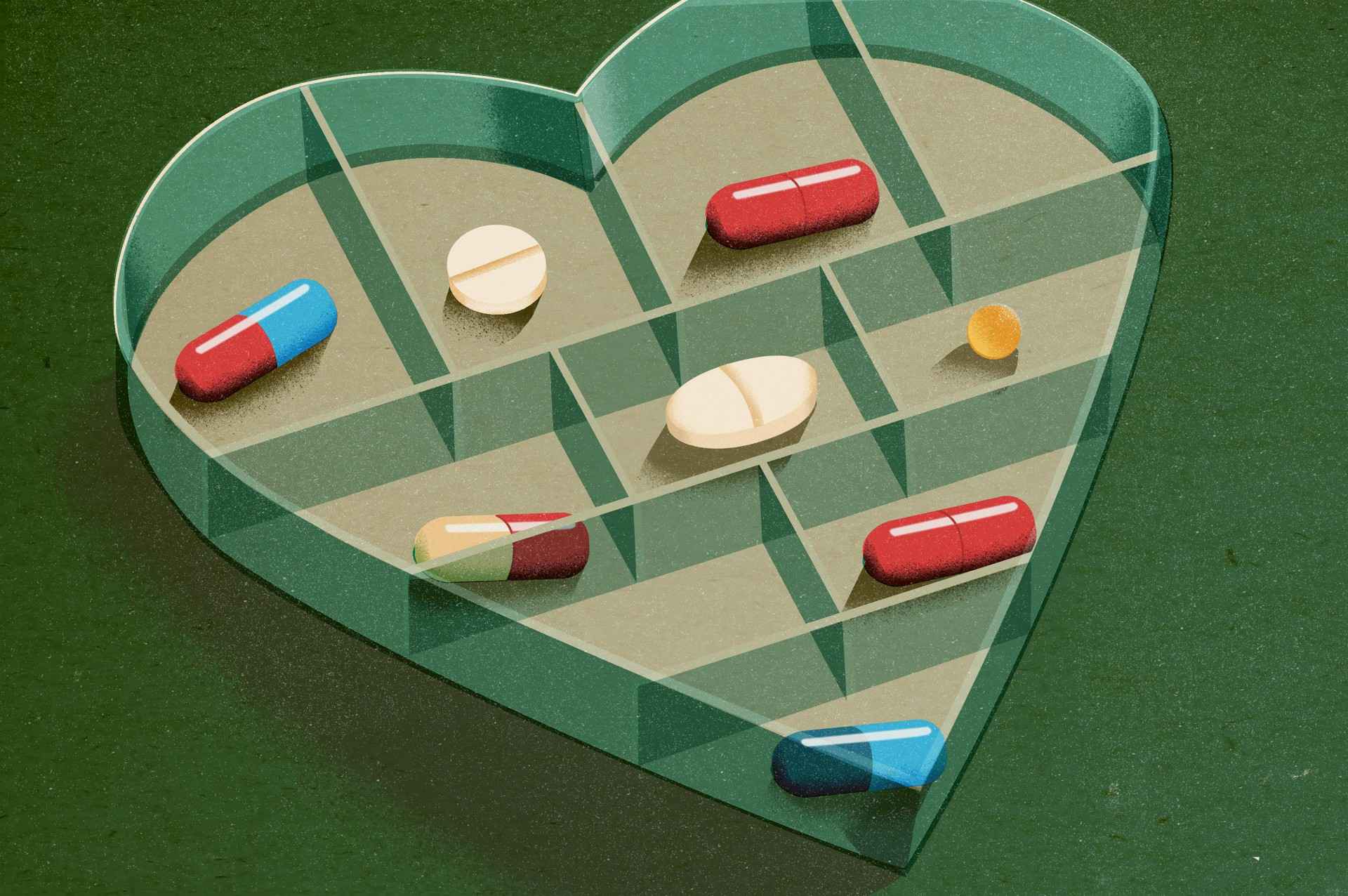
@ShahidNShah


Heart failure—a chronic, progressive condition in which the heart cannot pump enough blood to meet the body’s needs—remains a global health challenge affecting millions. Over recent decades, scientific advances have transformed care pathways, from symptom management to true disease-modifying approaches. Today, thanks to cutting-edge innovations, patients with heart failure have more effective and convenient options than ever before. Below, we trace the evolution of treatment strategies, highlighting how focused research—like the work behind heart failure drug discovery continues to push the frontier forward.
The earliest heart failure therapies centered on diuretics and vasodilators—agents that relieved symptoms like congestion and fluid overload by reducing blood volume and pressure. These helped patients breathe easier and feel better, but they didn’t meaningfully change the course of the disease.
That changed with the introduction of ACE inhibitors and beta-blockers. Landmark trials in the 1980s and 1990s demonstrated that drugs like enalapril and carvedilol not only eased symptoms but reduced mortality and hospitalizations. Suddenly, clinicians were armed with tools that directly impacted survival.
Building on these successes, the 2000s saw the advent of angiotensin receptor blockers (ARBs) and mineralocorticoid receptor antagonists (MRAs)—all designed to interrupt key pathways driving heart failure progression. These medications set a new standard of care, marking a shift from mere relief to meaningful outcome improvement.
In the 21st century, therapies targeting more specific pathways began to emerge. A notable breakthrough came with the combination sacubitril/valsartan (an ARNI), which simultaneously inhibited the renin-angiotensin axis and preserved beneficial natriuretic peptides. This novel dual-action mechanism delivered further reductions in mortality and hospital readmissions.
At the same time, the integration of digital health tools—remote monitoring devices, implantable sensors, and telehealth platforms—enabled continuous tracking of patient status, allowing earlier intervention and optimized medication titration. These smart systems offer an added layer of precision, assisting clinicians in catching decompensation before it leads to emergency admissions.
Recent years have ushered in more nimble therapies, particularly biotherapeutics and monoclonal antibodies, built on deeper molecular insights. Notably, Novartis researchers explored ways to activate the natriuretic peptide receptor-A (NPR1) via a novel monoclonal antibody—uncovering that subtle receptor activation could yield significant therapeutic benefit. This path wasn’t without challenges: developing antibody agonists is rare and technically demanding, as documented in the detailed innovation journey captured in their article, “A Blip with Heartfelt Consequences”.
Through bold experimentation—like mixing antibody clones and engineering protein stability—this team advanced a once-monthly biologic that could boost cardiac function while minimizing side effects. And because biologics typically boast longer half-lives and higher specificity than small molecules, they offer convenient dosing and reduced off-target effects—advantageous traits, especially for elderly or polypharmacy-dependent patients.
Beyond biologics, the future of heart failure treatment is veering into transformative areas:

Advancements in treatment efficacy must be matched by improvements in how care is delivered. Long-acting drugs—such as weekly or monthly injectables—can simplify regimens and boost adherence, particularly among older adults. Paired with reversal agents or safety nets, they strike a balance between convenience and control.
Importantly, patient-centric research—gathering insights directly from those living with heart failure—shapes priorities, from reducing daily pill burden to minimizing hospital visits. Such engagement ensures that technical breakthroughs translate into real-world impact, enhancing quality of life and functional capacity.
The path from diuretics to gene therapies underscores a vital lesson: progress in heart failure has depended on cross-disciplinary collaboration. Clinicians, basic scientists, engineers, data scientists, and patient advocates are forging the next wave of solutions together.
Yet walls remain: equitable access, cost, and health literacy are ongoing obstacles. Bridging these divides requires integrating treatment models with population health frameworks, insurance reforms, and community outreach. Only by tackling the entire care ecosystem can breakthroughs—like NPR1-targeting biologics or gene edits—truly benefit the 64 million people worldwide living with heart failure.
From palliative diuretics to life-saving biologics and the promise of genetic cures, the treatment of heart failure has been a century-spanning voyage. Each leap—whether chemical, digital, or molecular—has redefined the bar for what patients can expect.
As we look ahead, initiatives like Novartis’s pioneering work in heart failure drug discovery highlight the power of tiny “blips” to spark monumental progress. By combining scientific rigor with patient empathy, the next generation of treatments will not just prolong life—they will restore it.

Bulging eyes can be an alarming symptom that sometimes signals a problem with the eyes or overall health. People experiencing bulging eyes symptoms often notice changes such as pain, redness, or …
Posted Jun 25, 2025 Ophthalmology
Connecting innovation decision makers to authoritative information, institutions, people and insights.
Medigy accurately delivers healthcare and technology information, news and insight from around the world.
Medigy surfaces the world's best crowdsourced health tech offerings with social interactions and peer reviews.
© 2025 Netspective Foundation, Inc. All Rights Reserved.
Built on Dec 16, 2025 at 1:07pm